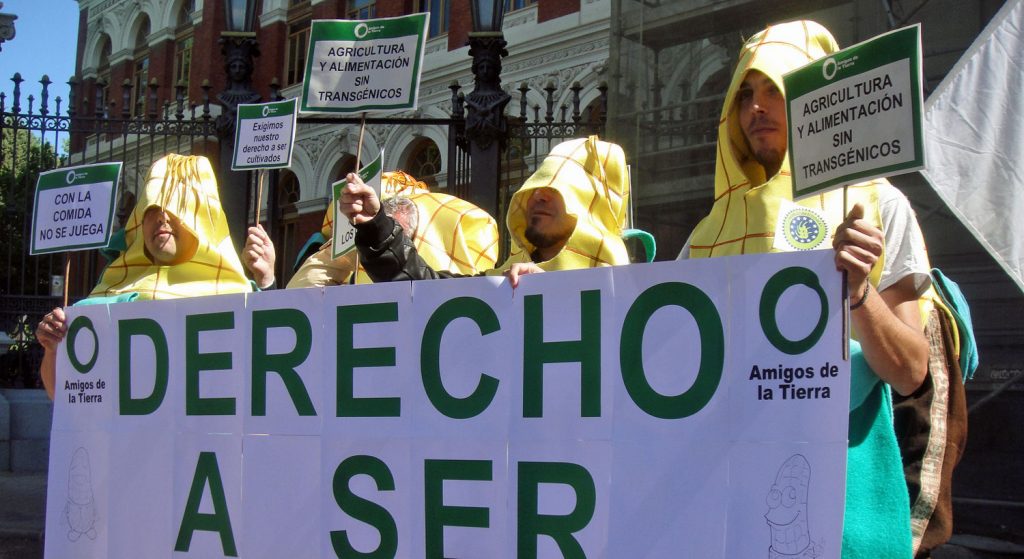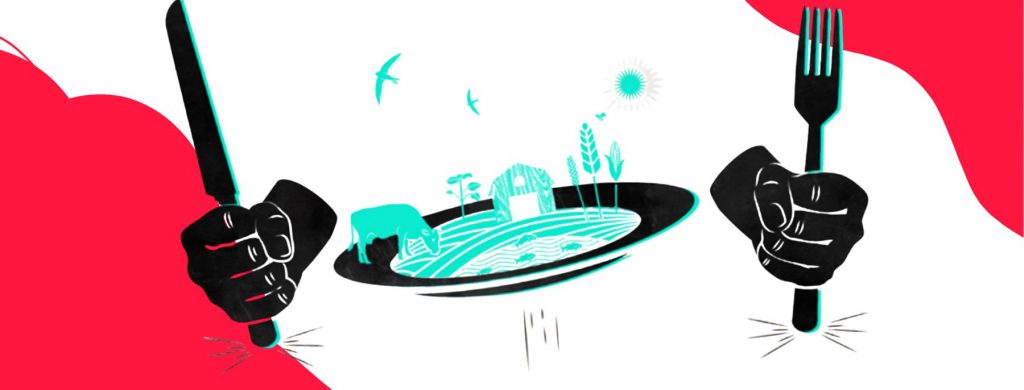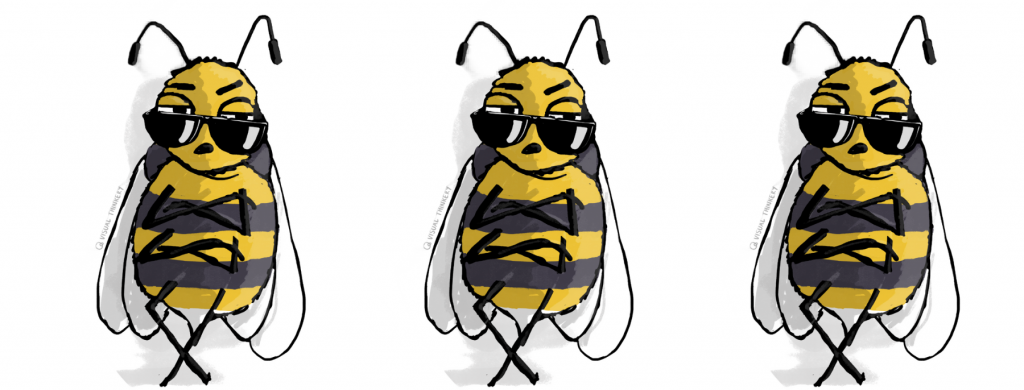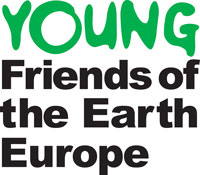EU chiefs have the opportunity tomorrow (November 6) to keep Europe’s fields free from a new highly toxic genetically modified (GM) crop. The European Commission will decide tomorrow whether to recommend the GM maize be authorised for cultivation or not. The decision will then be passed to national governments. Friends of the Earth Europe is calling for the crop to be banned for the good of European citizens and the environment.
The maize, owned by Pioneer Hi-Bred International, represents a generation of highly toxic crops, according to Friends of the Earth Europe. It produces an insecticide that is deadly to butterflies and has unknown impacts on bees and other pollinators [1]. The insecticide produced is 350 times more toxic than that produced by Monsanto’s MON810 maize – the only other GM crop commercialised in the EU [2].
Mute Schimpf, food campaigner for Friends of the Earth Europe said: “This toxic GM maize should never be grown in Europe’s fields. The EU’s own safety experts conclude that it will harm butterflies and moths, and it is unclear what other destruction it will cause in the countryside.
“Highly toxic, corporate-controlled products, like this maize, are unwanted and unnecessary. Europe’s farming sector is at least as productive as the USA’s pesticide and GM-dominated approach. We don’t need to take risks with untested and toxic GM crops that threaten our environment and lead to more industrial farming.” [3]
The maize is tolerant to a broad-spectrum herbicide and classified as highly toxic [4]. The decision comes at a time when the EU and US have recently begun talks on a transatlantic trade agreement (known as TTIP) – touted as the biggest bilateral free trade agreement in history. Powerful multinationals, including agri-business, are currently lobbying for the deal to lead to weaker safeguards, in particular on issues related to food and GM crops.
Mute Schimpf continued: “In light of the pro-GM agenda of the trade talks between the EU and US, the decision whether to license this maize is the first real test of our politicians to see if they will stand up for the environment and consumers or buckle to corporate trade interests.”
Europe needs farming methods that protect the environment and deliver healthy food for all. 99.9 percent of the EU’s agriculture land remains GMO-free.
***
NOTES:
[1] Pioneer maize 1507 has been genetically modified to produce the Bacillus thuringiensis (Bt) toxin Cry1F, targeting the damaging European Corn Borer, as well as to be tolerant to the herbicide glufosinate ammonium.The European Food Safety Authority concluded in 2011 that the maize would lead to “reductions in populations of certain highly sensitive non-target lepidopteran species [butterflies and moths] where high proportions of their populations are exposed over successive years to high levels of maize 1507 pollen deposited on their host -plants.”
[2] EFSA (2011): Scientific Opinion updating the evaluation of the environmental risk assessment and risk management recommendations on insect resistant genetically modified maize 1507 for cultivation. EFSA Journal 2429: 1-73.“The 32 ng/mg dry weight of Cry1F protein in pollen of maize 1507 is about 350 times the Cry1Ab protein content expressed in maize MON 810 pollen.”
http://www.efsa.europa.eu/en/efsajournal/pub/2429.htm [3] A recent peer-reviewed study found that, over the last fifty years and specifically since the US and Canada adopted GM crops, the annual yield increases of maize, rapeseed and wheat are significantly greater in Western Europe than the US and Canada. This demonstrates that “yield increases are not dependent on GM, and that the package of biotechnologies chosen by Western Europe to grow maize is out-producing the GM-led package chosen by the US”. Moreover, in Western Europe such an increase in yields has been achieved in parallel with a reduction in both herbicide and insecticide use. (Jack A. Heinemann , (2013): Sustainability and innovation in staple crop production in the US Midwest, International Journal of Agricultural Sustainability) [4] The European Commission did not assess the environmental impacts of the herbicide tolerance, as required by European legislation, presenting the maize as only targeting the European Corn Borer for a decision. But, in the original application (C/ES/01/01 SNIF, 2001) the applicant clearly stated that this was one of the aims of the crop. “Corn plants possessing this tolerance can be directly sprayed after emergence with glufosinate-ammonium herbicides, allowing for broad spectrum weed control without herbicide damage to the maize plant. Benefits to the farmer include convenient and effective weed control that ultimately enhances yield potential for the maize.” (Dow AgroSciences 2007:2)







